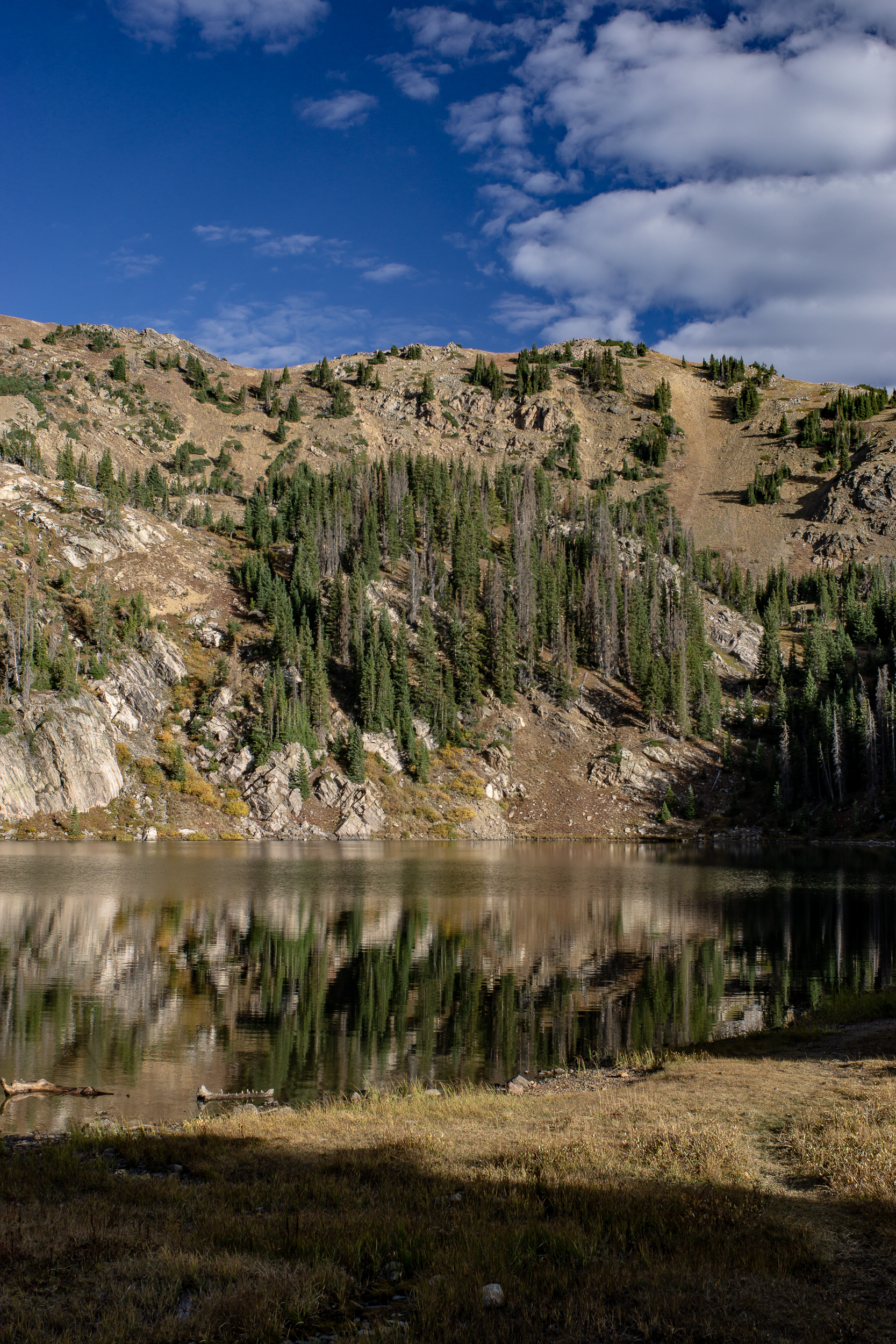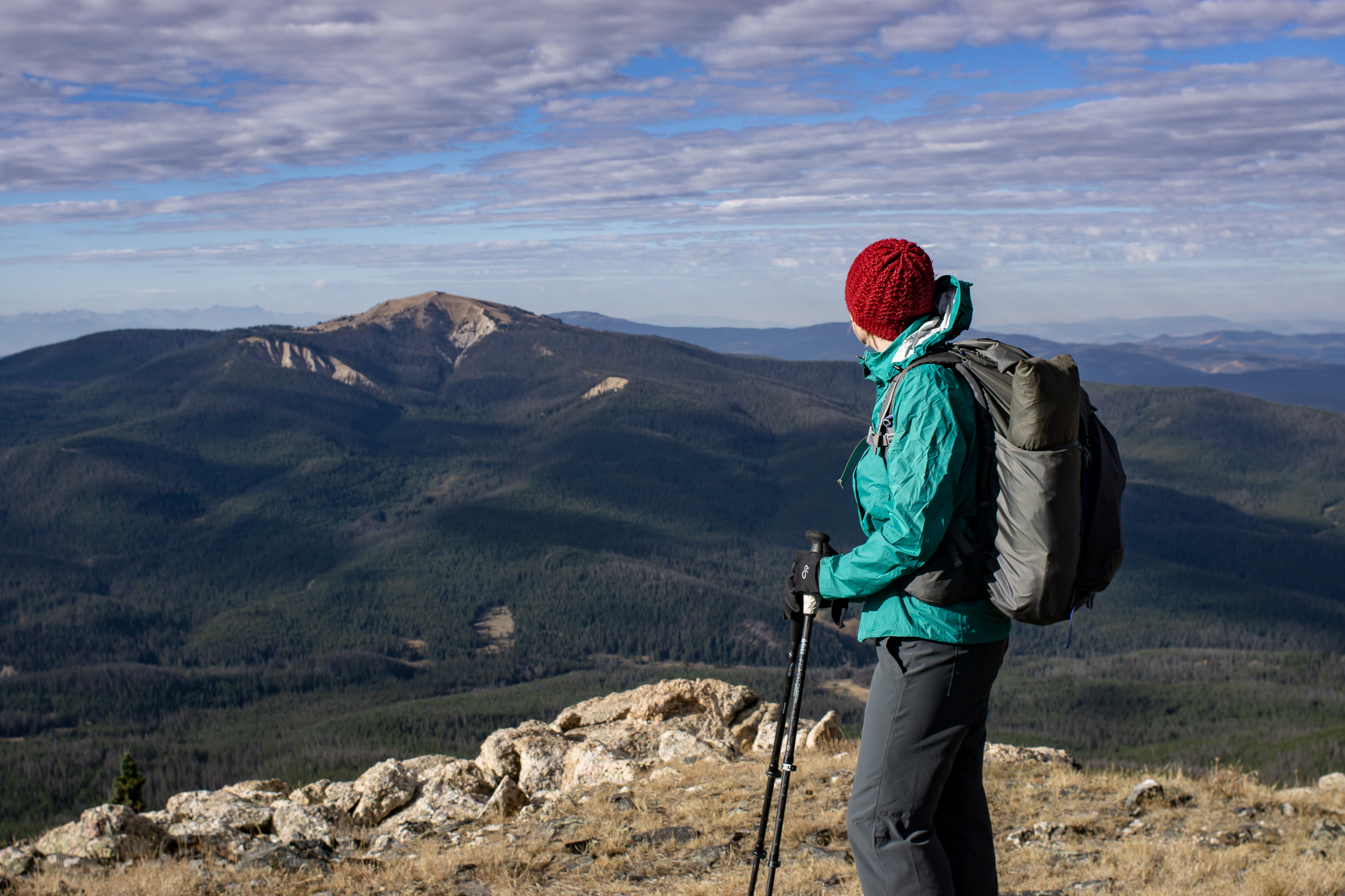One thing I love about Tasmania (and New Zealand for that matter) is the walking club culture. The vibe is similar to a casual community or church potluck, except with a bunch of hikers. Like the community potluck, the makeup of these groups spans all ages and abilities.
From my experience, these types of large tent groups are rare in the US. Meetups have a similar openness but are too decentralized to achieve a strong community vibe. More formal groups often are hyper-focused on a specific activity, age group, or cause. Maybe it’s just like that in the midwest though 🤷.
Over the weekend, we went to Mount Field National Park with the Hobart Walking Club. The club has been around since 1929 and has over 800 members. Almost every weekend there is at least one trip planned. Each is organized by a leader and assigned a difficulty rating.
Our trip is an induction weekend for newcomers. There are day hikes each day and the best part is we get to stay at the private club hut near Mt Dobson. The hut has been mostly unchanged since the 1960s due to park regulations limiting the types of repairs the club can do.
The first day we did an out and back hike to the Tarn Shelf to get views and see the alpine Fagus (beech family) bushes changing color for the autumn.
The trail starts with a steep climb past the ski area and onto a ridge. After that, it’s a mix of walking on boardwalk and trails with expansive views into the wild, untamed western side of Tasmania. The changing color adds a pop to the scenery but compared to autumn in the deciduous forests of Wisconsin, it’s a bit of a letdown.
The next day, after an evening cozying up next to the woodstove and talking with the other club members, we set off on a longer hike to Lake Webster & Lake Fenton. A short car shuttle is needed for this hike, but well worth it. These tracks are less traveled, through thick forest and underbrush. The going is slow, but it gives us a chance to chat as we go along.
About 4 miles in we find a pleasant spot to take a break near an open field. All seems fine for the first 5 minutes until an itching sensation hits our feet. Leeches! We pack up and get out there fast. Overall only 1 or 2 bites in the group, nothing like my trip to Ben Nevis years ago.
Near the trailhead, we find a rockier spot (not leech territory) to sit and look over the lake. On the way out of the park, we take the quick 10 min walk to Russell Falls before heading home.
Links:
Tarn Shelf Hike (Gaia GPS)
Lake Webster & Lake Fenton Hike (Gaia GPS)
Lake Dobson Trailhead (Google Maps)












































